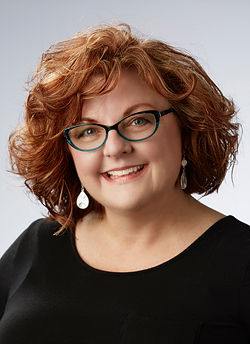“Learning loss” has been a prevalent term since 2021, but educators everywhere are sensitive to the insinuation of lost learning since everyone intentionally designs learning in various ways to meet learners' needs.
Perhaps learning loss isn’t what students experienced during these past few years but rather a mastery gap. Mastery is measured by teacher observation and assessments of varying types. Each of these mechanisms to measure mastery was severely disrupted; therefore, it is a fair assumption that many students' mastery of skills and concepts wasn’t entirely determined.
Mastery, a term introduced to the field in the mid-1960s by Benjamin Bloom (Bloom’s Digital Taxonomy: An Update), requires students to be exposed to content more than once to have mastery. In the 60s, Jerome Bruner introduced the concept of a spiraling curriculum, suggesting that students should be exposed to content year after year, enabling them to develop more complex skills.
Measuring Mastery
So, what does this idea mean for the 2022-23 school year? It means grade level or content area teams for the secondary need to be diligent in working together to assess where students are concerning standards and mastery. Team meetings and regular data meetings will be especially important this year to identify which students may be experiencing a mastery gap and determine whether the student needs an intervention.
Where we typically see the MTSS framework vibrant in elementary schools, this year all grade spans will need to pay close attention to the MTSS framework and utilize various interventions and instructional strategies. Sounds like common sense? Of course, it does, but for many schools, this will only be the second year of assessments and the second year of in-person teaching, and some skills taught to a second-grade student in 2020 will be addressed again in fourth grade, but the student may not have mastered those skills due to the pandemic.
Having a keen eye on data, especially in relation to instructional standards and that spiraling curriculum, will help teachers know what is needed for students on a week-by-week basis. And, if you have benchmark assessment systems, these systems will be critical to know exactly where students are in relation to standards and mastery. If you don’t have a benchmark system, develop an internal assessment system to measure mastery of standards and growth over time.
A Coordinated Approach
To help close the mastery gap, there are a few practices to consider.
- If the focus for teachers is data, teaming, and intervention, then that should also be the focus of professional learning.
- Allow teachers the opportunity to work with instructional coaches in their building rather than pull them out of the building for professional learning.
- Bring in data scientists or add the position if you can, using ESSR funds to aid teachers in running and reviewing reports.
- Make sure someone can be dedicated to MTSS and keep up with where individual students are in the framework.
- Additionally, coordinate assessment schedules with intention and make sure disruptions don’t frequently happen with the assessment schedule.
- After assessments occur, try to expedite the reports back to teachers to allow plenty of time for remediation, reteaching, or interventions.
- Finally, help teachers develop practices for teaming in order to collaborate on data review, lesson development, and instructional strategies.
- Include the MTSS and data team members in grade or content level meetings to ensure all are on the same page in attending to the mastery gap.
These practices are most likely in place in schools, but increasing the intentionality and continuity will undoubtedly impact overall student success.


